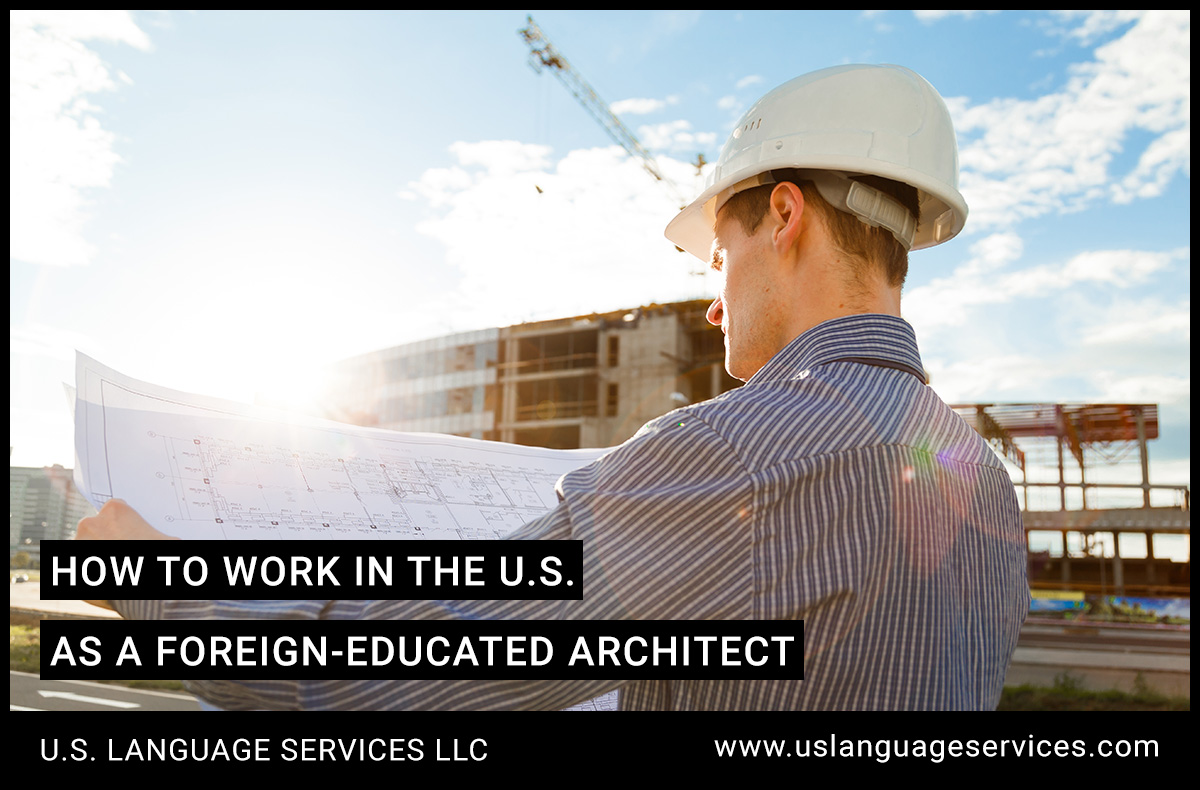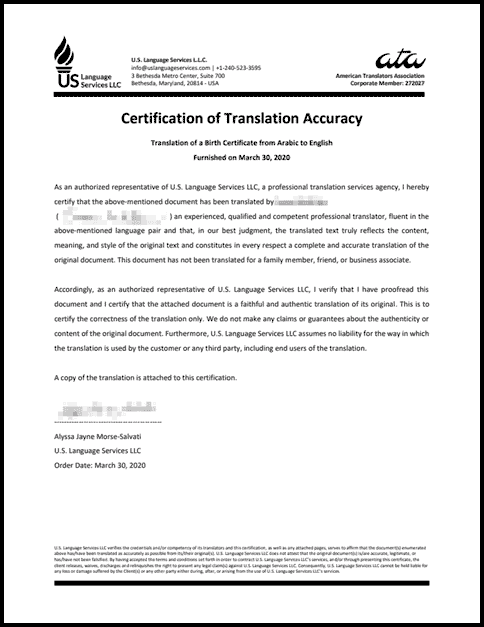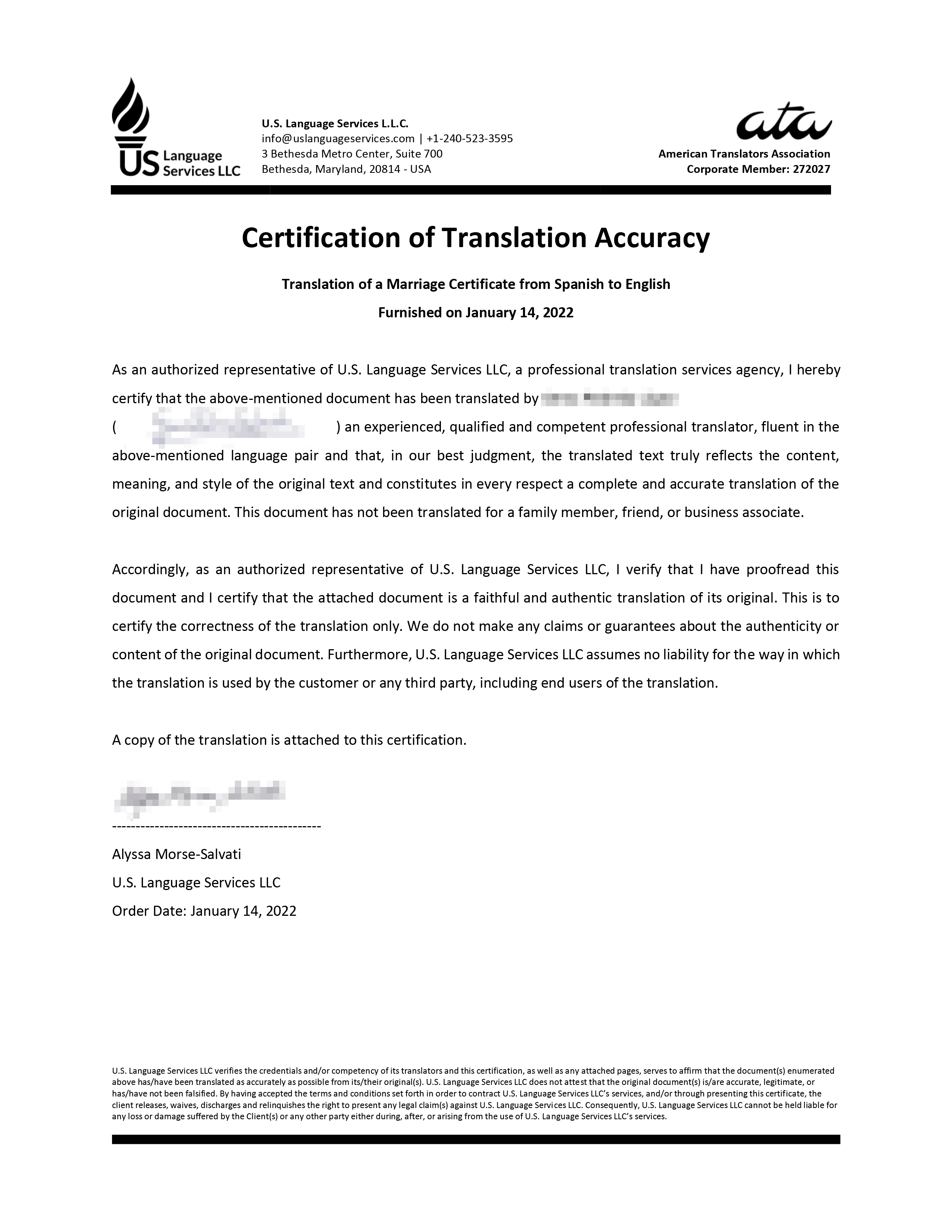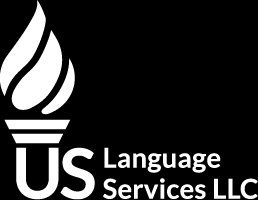How to Work in the U.S. As a Foreign-Educated Architect

Architecture is a field that appeals to many international residents due to the wide range of job types, employers, and state locations available. Plus, architects in the United States have a decent salary range, with the U.S. Bureau of Labor Statistics stating that architects in all areas make between $48,930 and $129,980 yearly; the average annual salary for architects is $80,180.
Below, our guide on becoming a foreign-educated architect helps you understand how to obtain these benefits by moving your architecture practice to the U.S. We answer important questions about this process like:
- What Is the Process for Working in the U.S. As a Foreign-Educated Architect?
- How Much Does It Cost to Work as a Foreign-Educated Architect in the U.S.?
- How Long Does It Take to Work as a Foreign-Educated Architect in the U.S.?
- Are There Any Restrictions to Working as a Foreign-Educated Architect in the U.S.?
- What Are the State-Specific Requirements for Foreign-Educated Architects?
- What Are the Immigration Requirements for Foreign-Educated Architects?
- Where Can I Get a Certified Translation?
What Is the Process for Working in the U.S. As a Foreign-Educated Architect?
There are a few essential steps that make up the process of working in the U.S. As a foreign-educated architect. It’s important to note that there are two different paths for working in the U.S. depending on if you’ve only obtained your architectural education abroad or you have been licensed in a foreign country to practice architecture. We give the steps to both paths below.
Do You Have a Foreign Architectural Degree in Your Country But Not a License?
If so, you should be following these steps:
- Create an NCARB Record. This registers you with the National Council of Architectural Registration Boards (NCARB) so you can complete each step in this process. It will also be used to document your examination, education, and experience history.
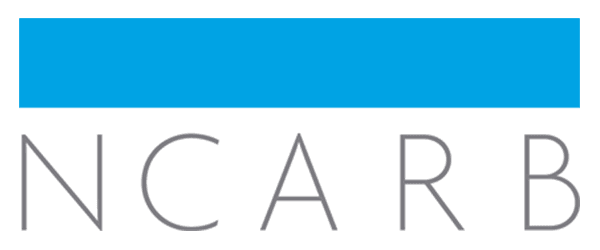
- Complete the Educational Evaluation Services for Architects requirement. This requirement ensures that your education meets NCARB standards and identifies any educational credits that you will need to complete before you are able to proceed to the next steps of obtaining an architecture license in the U.S. The evaluation of your credentials is performed by the National Architectural Accrediting Board (NAAB).
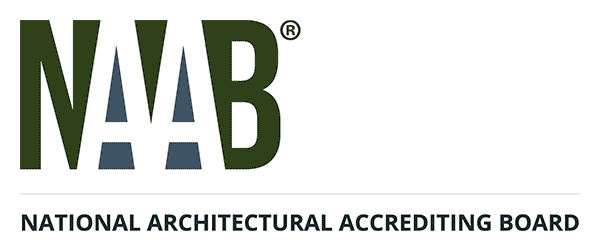
- Complete the Architectural Experience Program (AXP) requirement. The AXP gives you important work history and architectural experience, and it is required by the majority of state licensing boards. You will need to obtain the right amount of experience required by the state you intend to work in, so double-check the specific requirements of the architectural licensing board in the state you wish to work in.

- Take the Architect Registration Exam (ARE) and earn a passing score. This exam features six divisions that are designed to test your knowledge of all aspects of practicing as an architect in the U.S. and most state jurisdictions require passing scores before you can obtain a license.
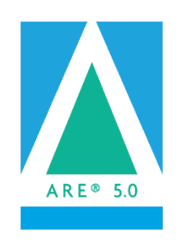
- Check with state architectural boards to learn what additional requirements you may need to complete in order to obtain licensure in that jurisdiction. These requirements may include fees, ethics exams, and licensure applications.
- Ensure you meet visa requirements and apply for a visa to work in the U.S. Most architects will need to obtain the H-1B visa for specialty occupations, though you may want to speak to an immigration lawyer to see which visa option is best for your personal situation.
Do You Have a Foreign Architectural Degree and a License in Your Country?
If this applies to you, these are the steps to follow:
- Pursue an NCARB Certificate by completing the NCARB’s educational and experience requirements (this includes the AXP and the ARE).

- Obtain a certified evaluation of your licensure and educational history through the NAAB so that you have proof of meeting the NCARB’s educational and experience requirements. You may also need to show this information to state architectural licensing boards, depending on specific state requirements.
- Check state requirements and submit all documentation needed to obtain your architectural license in that specific jurisdiction.
- Ensure you meet H1-B visa requirements and submit your application for a U.S. employment-based visa. You may need a U.S.-based employer to act as a sponsor on your visa application.
It’s important to note that if you already have a license from a foreign country, you may need to check if the state you wish to work in offers license reciprocity with an NCARB Certificate. The NCARB gives more detailed information on this. In both processes, you may need to demonstrate proof of English language proficiency or start learning English as your first step. This is especially important when planning to move to the United States and taking exams like the Architect Registration Examination, as these qualification tests are conducted in English. More detailed information about either of these processes can be found in the foreign architect path section of the National Council of Architectural Registration Boards (NCARB). You may also want to consult the NCARB’s foreign architect documentation checklist. Make sure you note which of these steps require a certified translation of your qualifications from any foreign country you have worked or studied in. Credential evaluation services are also likely to require your original documents to be properly translated into English before they can be fully evaluated for the U.S. equivalency.
Certification of Translation Accuracy Sample
Order Your Certified Translation
How Much Does It Cost to Work as a Foreign-Educated Architect in the U.S.?
The NCARB provides the average costs of working as a foreign-educated architect in the U.S. and states that the cost of the process from start to finish shouldn’t exceed $1,210, depending on individual situations. This cost doesn’t include exam fees, which cost $235 for division, and there are six sections on the ARE. Additionally, you will need to factor in visa costs, which are around $460 for an H-1B visa, and the costs of obtaining state licensure, which vary based on the state. You might also need to pay for credential evaluations or certified translations of your original documents into English. Overall, the cost of working as a foreign-educated architect in the U.S. ranges between $3,000 and $4,000 in total, depending on your specific situation and any state-specific fees.
How Long Does It Take To Work as a Foreign-Educated Architect in the U.S.?
The process might be a long one due to several factors. The AXP (experience) portion of becoming an architect in the U.S. varies in length of experience required from state to state, but most jurisdictions will require between 1 and 3 years of experience before you are considered qualified for state licensure. The ARE is also a lengthy process with six different sections to pass, and many individuals find themselves needing an average of 2 and a half years to fully complete this exam; from the time you take the first section, you have 5 years to successfully complete all six testing sections. Depending on the speed of your visa application and state licensing, this may add another 2 to 13 months to your process. On average, assuming you complete some of these requirements at the same time whenever possible, it can take between 2 and 4 years to become a foreign-educated architect in the U.S.
Are There Any Restrictions to Working as a Foreign-Educated Architect in the U.S.?
Once you have met all education requirements, passed any necessary exams, obtained your state license, and received your visa, you will be able to immigrate to the U.S. and practice architecture without any restrictions. Make sure that you keep up with any annual renewal requirements that your chosen state needs you to submit to maintain your license. These requirements typically include continued education, license renewal fees, and various applications to keep your license valid.
What Are the State-Specific Requirements for Foreign-Educated Architects?
State-specific requirements for foreign-educated architects vary, but most will require license applications, certified translations of original documents, and proof that your foreign credentials meet U.S.-required education and work experience equivalencies. Some states may require additional education or exams, and license application fees vary by state. You can navigate the National Council of Architectural Registration Boards (NCARB) state directory or use their interactive licensing requirement tool to see what the state-specific requirements are in the state where you intend to move.
What Are the Immigration Requirements for Foreign-Educated Architects?
When it comes to immigrating to the U.S. as a foreign-educated architect, there are a few different visa options that might apply to your situation. However, the most common and one of the relatively easiest to obtain is the H-1B visa for specialty occupations. The H-1B visa requires that applicants meet a certain educational requirement, such as obtaining at least a bachelor’s degree, which is generally required if you want to work in the U.S. as an architect. More information about the H-1B visa, including the application process and eligibility requirements, can be found on the United States Citizenship and Immigration Services website.
Where Can I Get a Certified Translation?
Certified translations are required during many parts of the process of becoming a foreign-educated architect practicing in the U.S. Documents such as original academic transcripts, diplomas, resumes, and employment records all need to be translated into English so that U.S.-based employers, credential evaluation services, and architecture organizations can easily review them. Visit our online store to obtain your certified translations of important documents such as:
- Diplomas
- Academic transcripts
- Business licenses and certifications
- Resumes and employment records
- Birth certificates
Guaranteed Acceptance
All our certified to English translations are accepted by the USCIS. Our translations follow the guidelines established by the USCIS and are also accepted by educational institutions.
Most Requested Documents
FAQs
You can order most translations 24 hours a day, 7 days a week through our online store. For large projects (more than 20,000 words or 50 pages), please request a quote.

